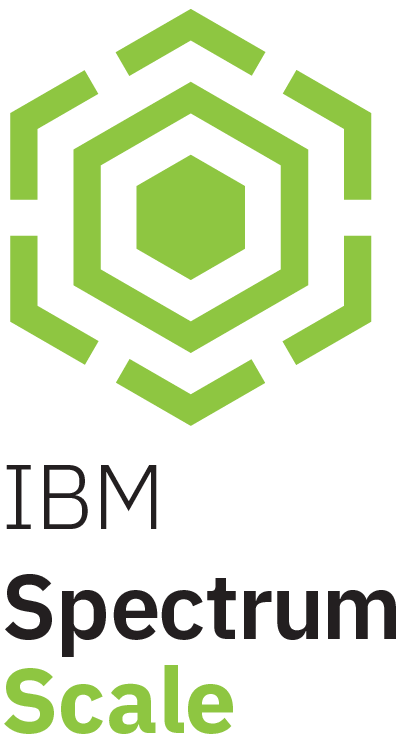
Intro
The UK/World Wide 2019 Spectrum Scale User Group took place on the 8th and 9th May at the IBM’s South Bank Client Centre. I had the pleasure of attending this meeting alongside two colleagues from our office. The first day hosted talks from the Spectrum Scale CTO who presented an interesting history of GPFS from its inception to the current status.
Networking
The key benefit that I personally got from attending the user group meeting was the networking. We are looking into a implementing Spectrum Archive solution and getting into contact with people who have practical experience with this offering was key. I was able to have a good discussion with Khanh Ngo, who the the IBM STSM responsible for Archive. He gave me his contact details and allowed me direct access to contact him whenever I want something pertaining the his product offering. He presented his product on the second day of the conference, and his presentation was top-level but concise. We discuss about my rough design sketch and we ended with him offering to drop by our office the next time he is returning to Europe, and that around Aug when he is coming to Amsterdam.
The next person I was pleased to meet was Dan Foster, who happen to be my predecessor. Dan has done some dev implementations of both TSM-HSM and LTFS-HSM, so he quite knowledgeable on these product offerings. The key issues with Archive, that Dan pointed out to me are the Reclamation and Reconciliation. While the Archive had baseline functions to perform these tasks, an admin with need to know, in a verifiable way, the actual tapes that/files that will be involved in these processes. This requires some scripting on top of the base functions provided by Archive, is automation has to be implemented. Dan himself has a product that provides this functionality and more, offered by his organisation.
The other key person I got in contact with, wrt to the above project, was Patrick Dekkers, who is a Storage Specialist at Amsterdam UMC Locactie VUmc. Patrick has implemented the Archive for his organisation. His is a Stretched-Cluster configuration and he gave a presentation of his overall storage infrastructure, which was helpful to understand how they are using Spectrum Scale and Archive. It would be a good think to keep in contact with Patrick to exchange notes on our experiences, and probably a working visit to his facility to catch-up and see stuff in action.
Other observations
Two technical presentations by the Spectrum Scale developers were quite interesting for me. The first was titled "Deep-dive on Spectrum Scale Reliability, Availability and Serviceability improvements". The talk centred on network reliability, outlining cases, causes and troubleshooting of network related issued in Spectrum Scale. Key was the improvements in v5.0.2 that make log messages more clearer. Having implemented Spectrum Scale Object Storage a few weeks ago, I was quite happy to see the commands I have gotten accustomed to, accompanied by easy to read messaged, and enhanced context as provided by the developer on the day.
The other presentation that I found interesting was the "Overview: Spectrum Scale support for NFS and SMB
Spectrum Scale Best Practices for Snapshots" The bit about Snapshot best practices was interesting. I realised that there is actually a careful consideration that has to be taken designed processes for snapshotting and backup. My hunch was that most of the time people use badly designed processes, which just work mainly because the systems are not performance constrained, or end applications (and or users) are tolerant of the effects caused by bad practices. One key think I was reminded is that even with Fileset Snapshot, the cluster run a filesystem-wide quiesce which means taking and deleting of a large number of filesystems can result in a big impact even without end-user I/O. The choice and time for deleting snapshot has to be carefully considered.
Lighter notes
Overall I enjoyed my 2 days in London with a first day rendezvous at the Jazz Cafe were Hypnotic Monkeys produced a superb performance. I especially like their Afro-Jazz sounds garnished by Rap lyrics. Also the days coincided with UEFA semifinals which we enjoyed in the local pub which were often full to the hilt.
Being my first ever user group meeting, I was thorough impressed with the level of organisation and attendance. Meeting the developers, most of whom I had seen their names in user group forums/mailing lists, that was refreshing to put faces to names.

